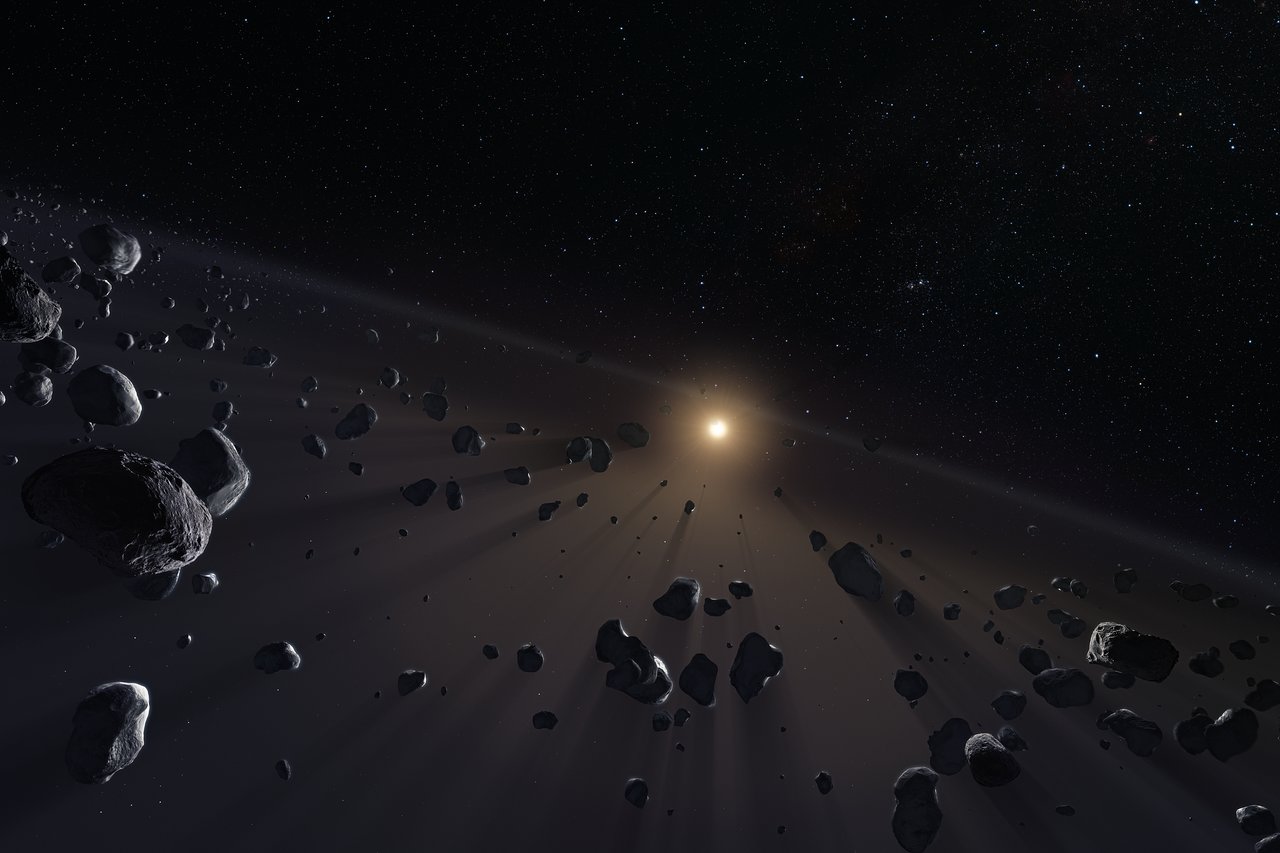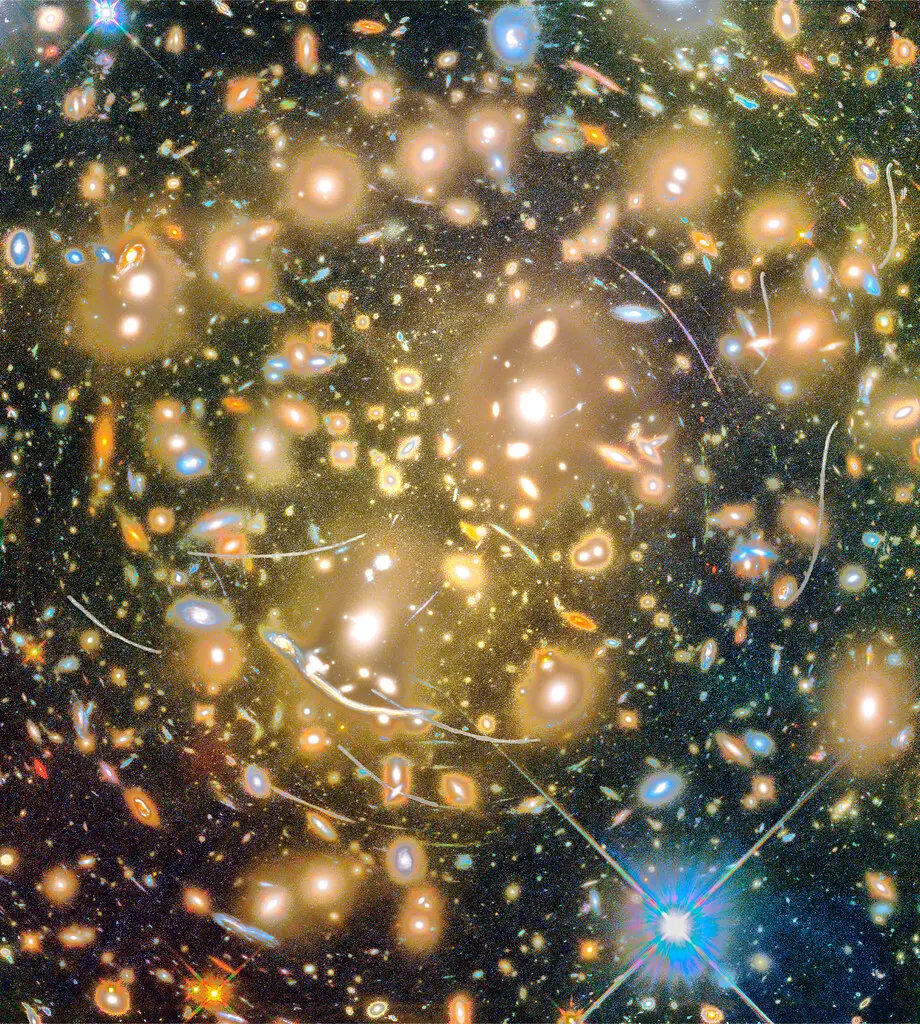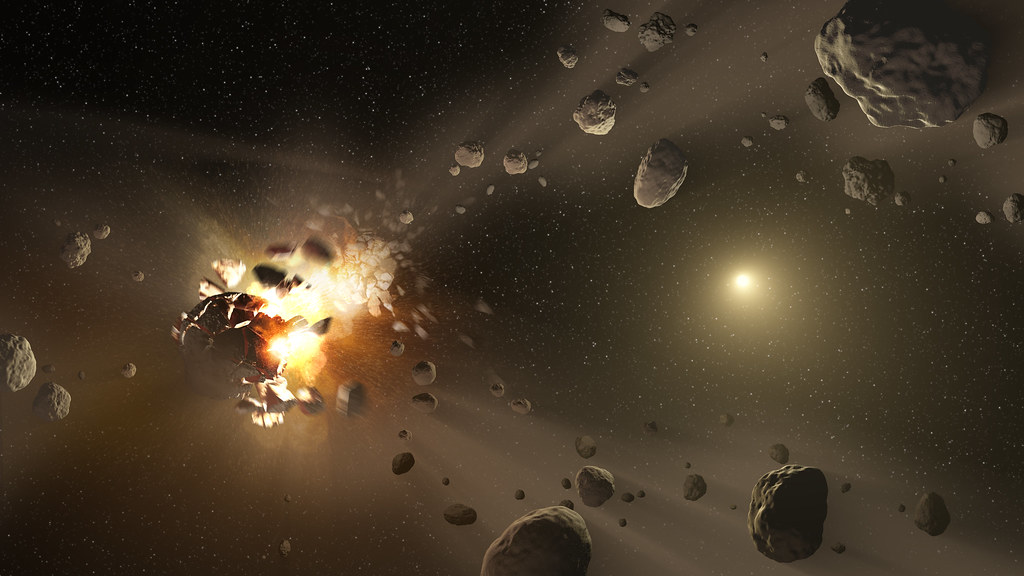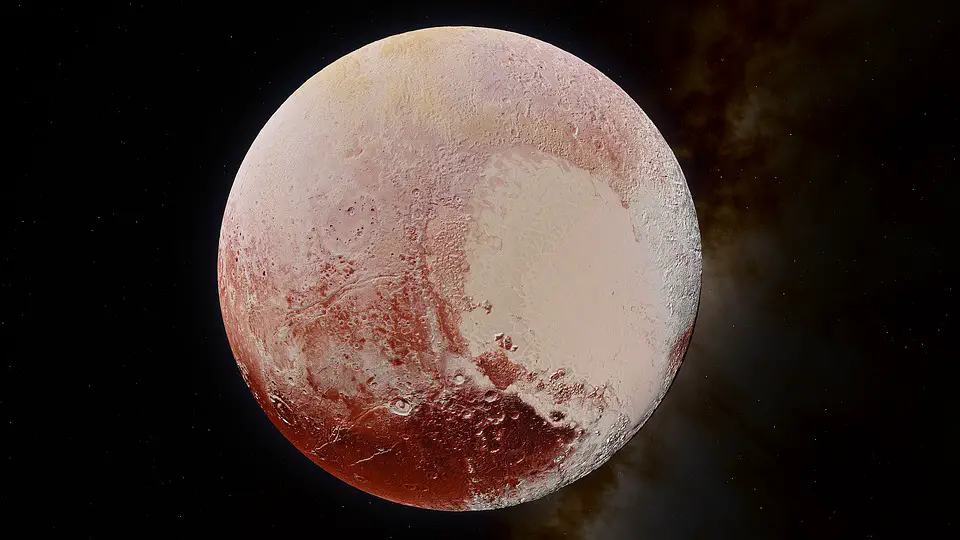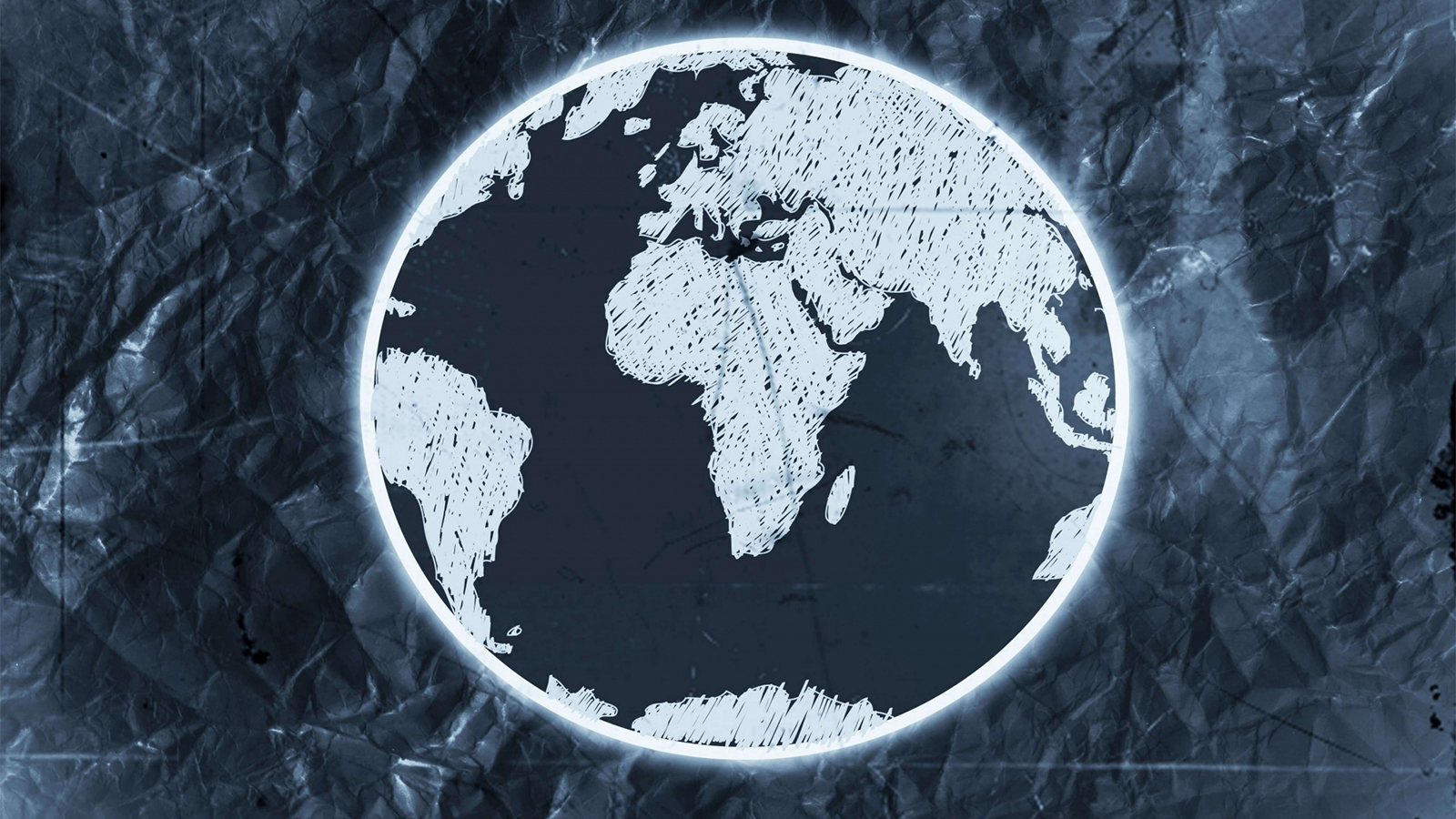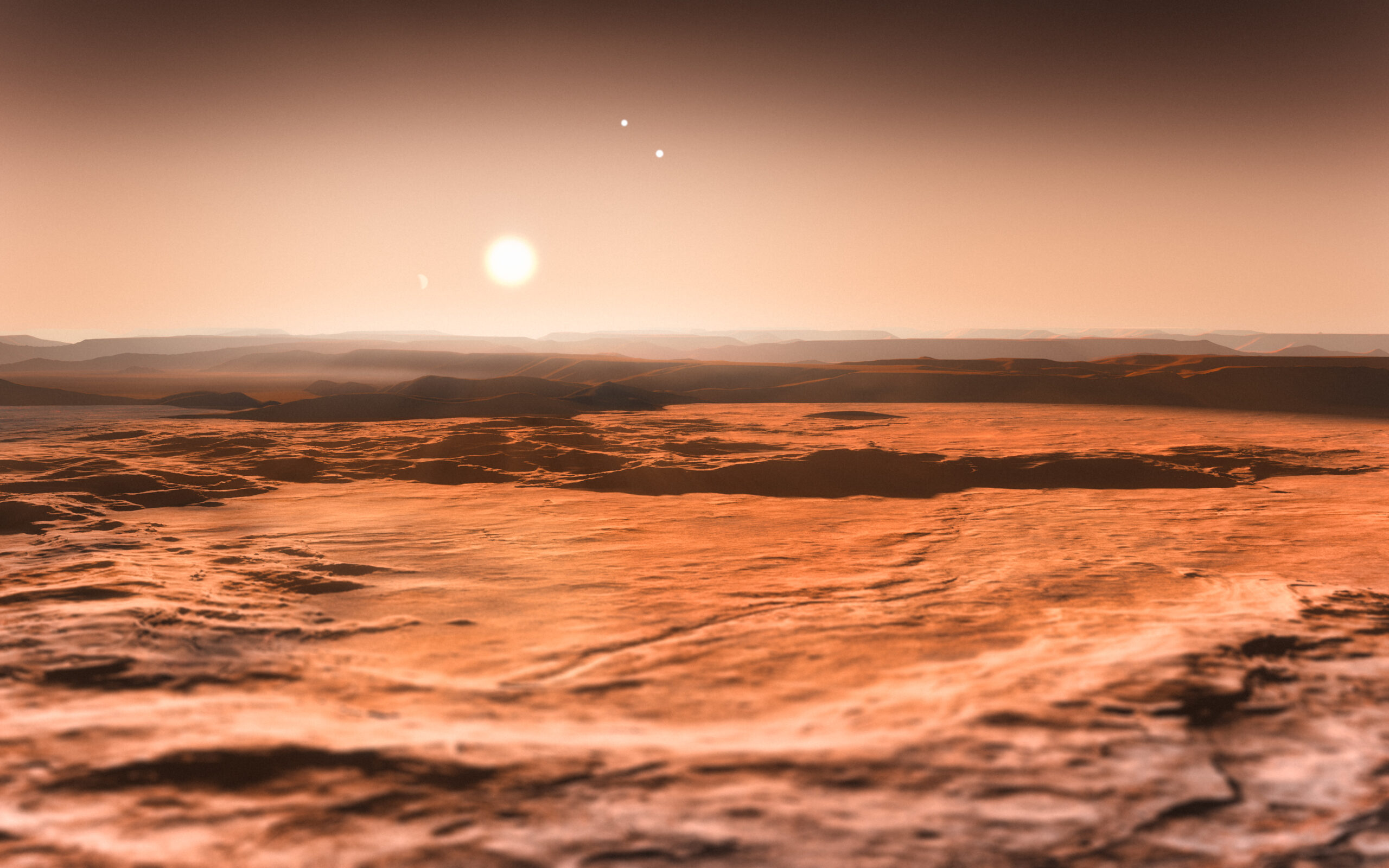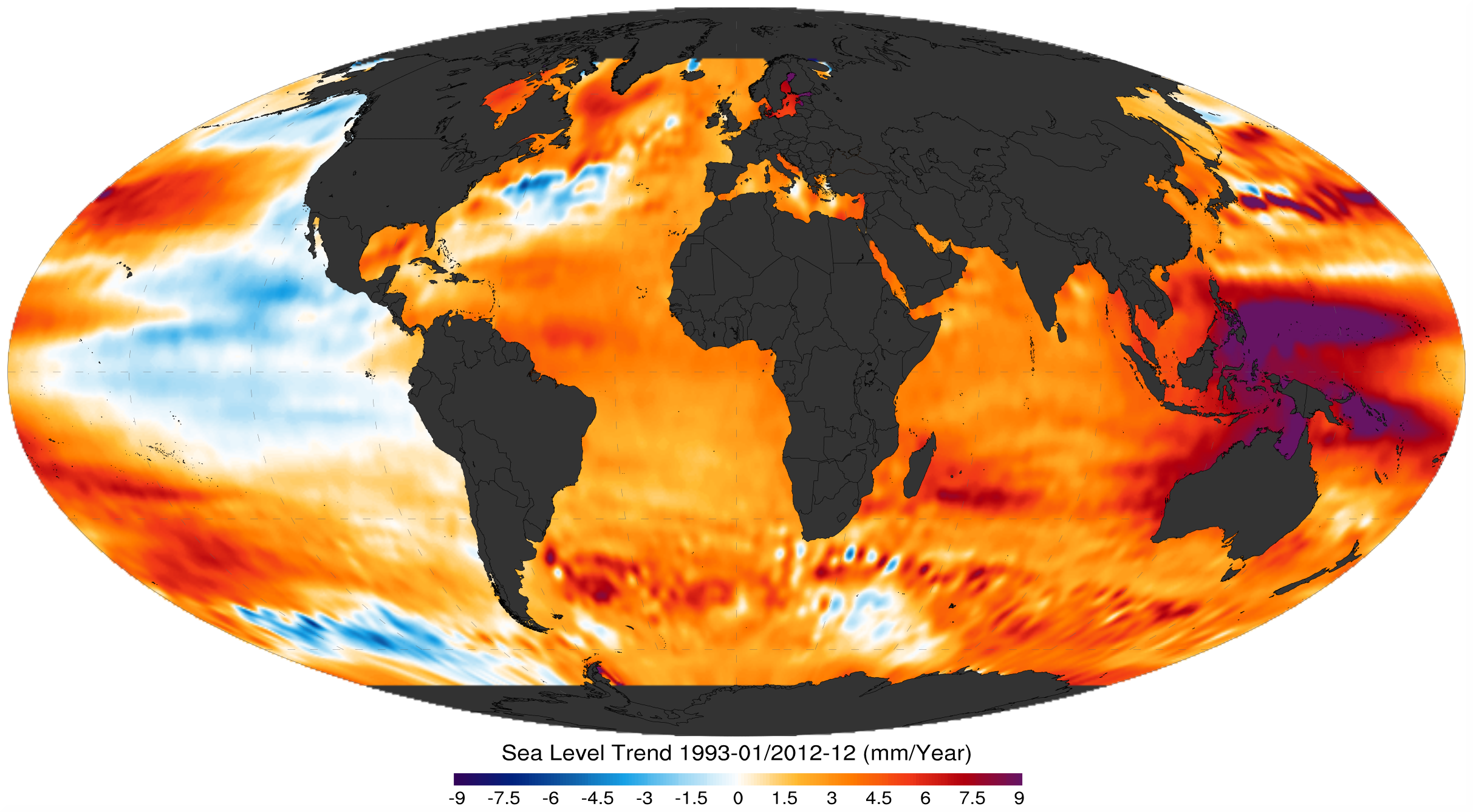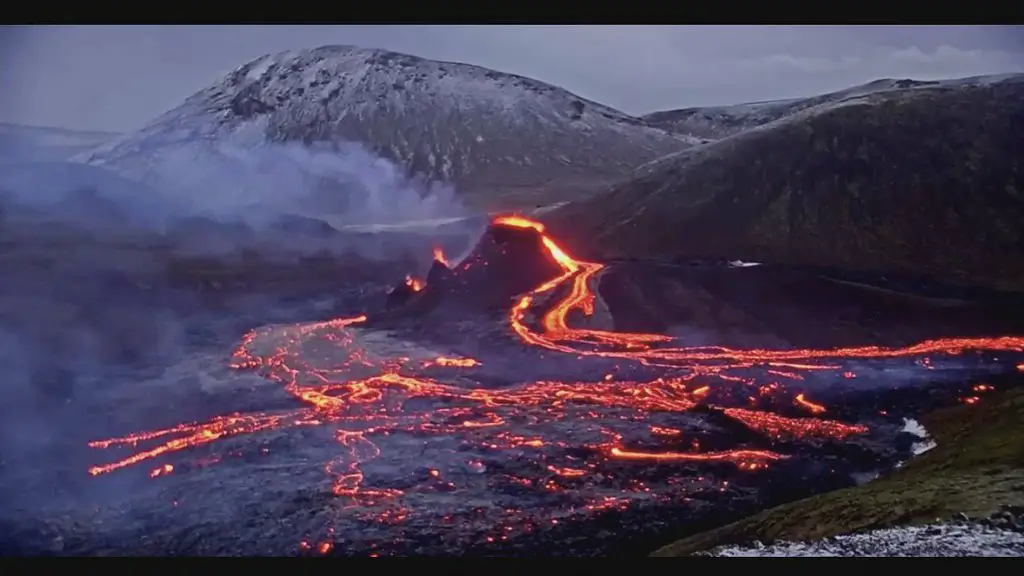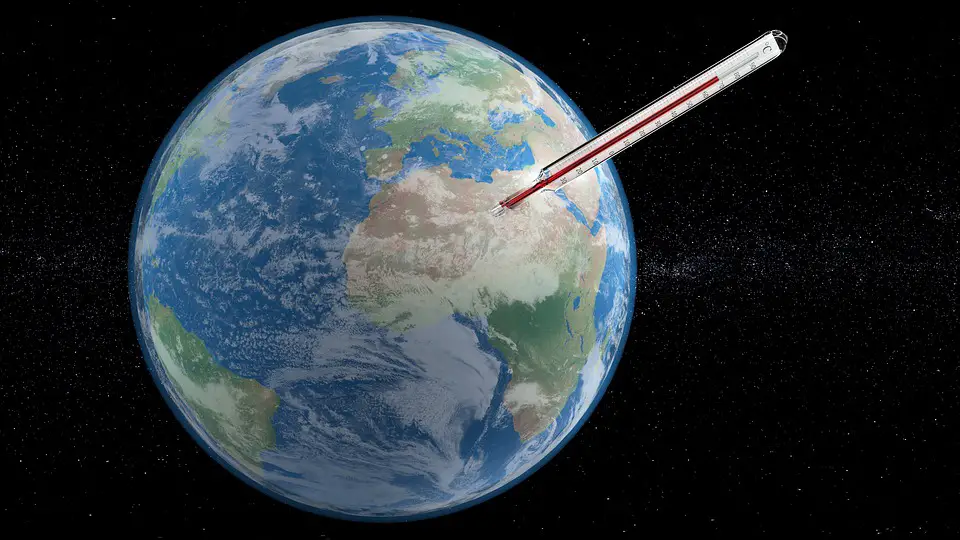The asteroid belt appears between the orbits of Mars and Jupiter. It’s estimated to contain between 1.1 million and 1.9 million asteroids, with only a small percentage of them being found. The largest asteroid in the belt is Ceres, which is also classified as a dwarf planet. There are many […]
![]()
